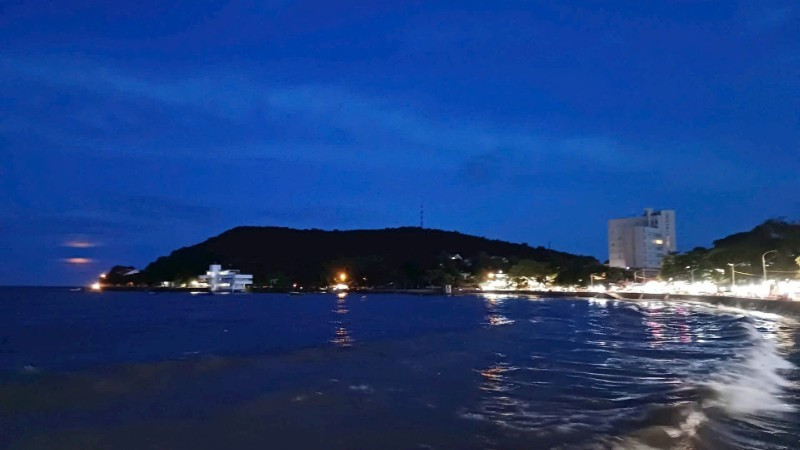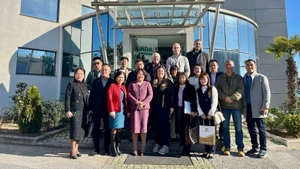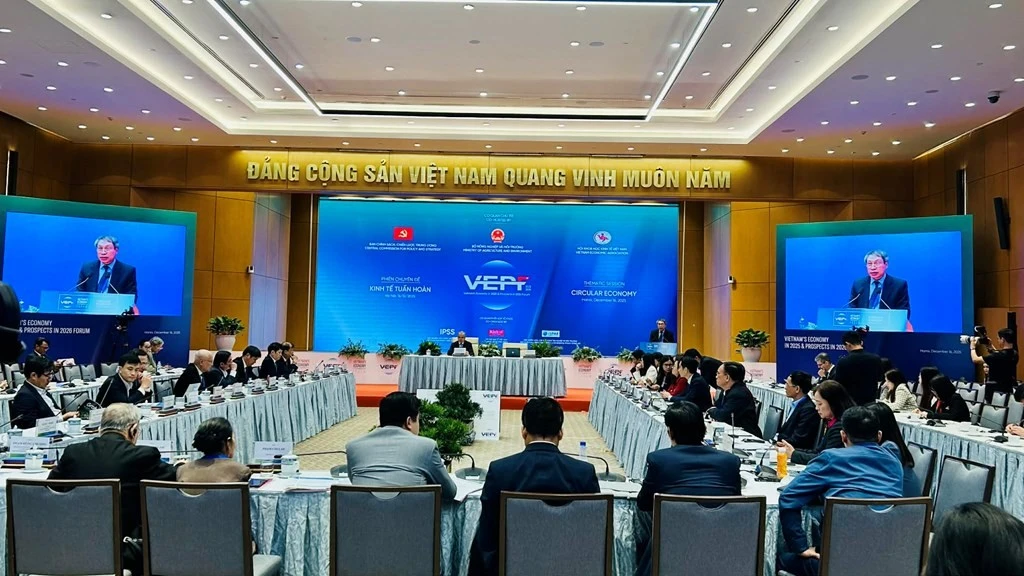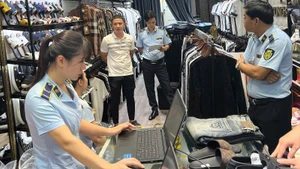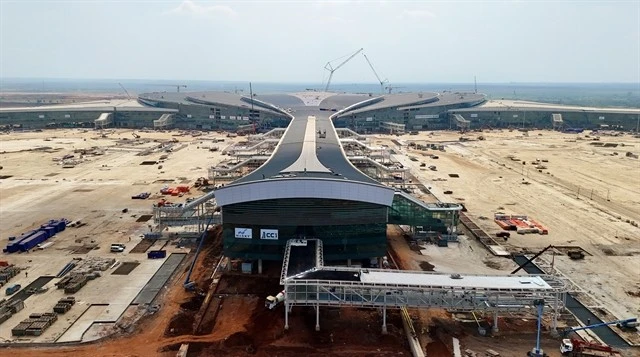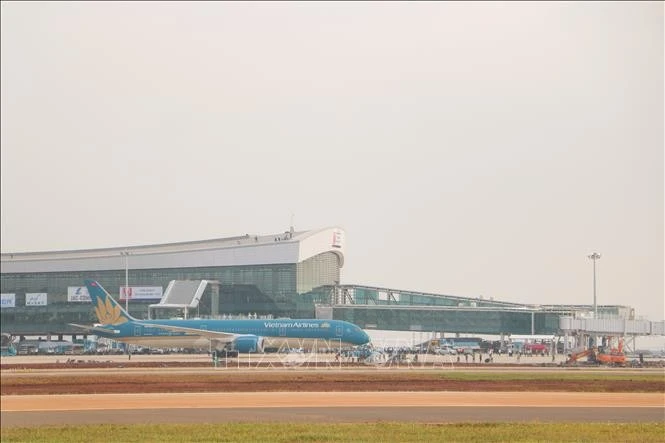Recently, researchers from the Viet Nam Environmental and Marine Sciences Institute (under the Ministry of Agriculture and Environment) have studied the potential of applying Artificial Intelligence (AI) in exploring, managing, and conserving marine biodiversity in Viet Nam.
AI has been applied in many fields such as the economy, the military, aerospace, and medicine. In recent years, several countries, including Japan, the US, and the Netherlands, have also used AI to explore, manage, and conserve marine biodiversity. For example, AI has been integrated into aircraft and unmanned underwater vehicles to capture images and collect data in unexplored marine areas, as well as to create biodiversity maps for specific regions.
Satellite imagery and acoustic sensing devices using AI can monitor and analyse changes in a comprehensive, rapid, and accurate manner to provide timely alerts. These tools are also equipped with data-processing software to track marine species and detect changes in habitats at great depths.
Through specific algorithms, AI models the impacts of climate and marine environmental factors on biodiversity. At the same time, these algorithms can make forecasts on climate and environmental changes that may alter biodiversity in a given area. AI can also propose responsive solutions to enhance the ability to prevent potential ecological disasters.
Using AI-managed chips attached to certain marine species listed in the Red Data Book facilitates conservation efforts. When attached to characteristic marine animals, these chips enable the monitoring of life patterns, movement, and other biological attributes that humans have yet to fully understand.
For instance, chips can be attached to species such as green turtles and sea turtles, while tracking devices can monitor the world’s major ocean currents. AI also plays a significant role in maritime traffic management, helping to reduce whale injuries caused by ships, aiding in monitoring and devising measures to prevent illegal hunting activities, among others.
Dr Du Van Toan from the Viet Nam Environmental and Marine Sciences Institute shared his research team’s latest findings on the application of AI in marine biodiversity management and conservation: AI is capable of processing vast amounts of data with great speed and accuracy. Recent evidence-based studies show that combining traditional conservation methods with AI is essential — not only improving efficiency but also opening opportunities for community participation in biodiversity preservation. In the near future, AI will act as a “beacon of hope” for global marine biodiversity conservation efforts.
However, the research team also pointed out that to effectively apply AI in marine environments, it is crucial to ensure ecological balance, protect local livelihoods, safeguard maritime security, uphold individual rights, and maintain data privacy, while also securing sufficient financial, scientific, and technological resources.
Since 2018, the “maritime orientation” strategy in Viet Nam has been affirmed by the Party and the State through Resolution No. 36-NQ/TW dated October 22, 2018 on the “Strategy for Sustainable Development of Viet Nam’s Marine Economy to 2030, with a Vision to 2045.”
Notably, Resolution No. 57-NQ/TW dated December 22, 2024, on breakthroughs in science and technology, innovation, and national digital transformation, also emphasises the importance of maritime development strategies as well as marine biodiversity management and conservation in Viet Nam’s waters. These two resolutions serve as the “key” to opening the door for science and technology, particularly AI, to play a role in developing the marine economy and conserving marine biodiversity in the near future.
Implementing AI applications in marine biodiversity management and conservation is not a task that can be completed in a short period.
Dr Du Van Toan stated that, to establish a solid scientific foundation, further studies and assessments are needed to evaluate the effectiveness of AI applications already implemented by other countries. At the same time, the state should develop legal frameworks for marine AI, mobilise resources, build a national “Smart Ocean” programme, review existing scientific projects on marine management at ministerial and higher levels to include AI-related tasks, and initiate new scientific topics and studies on marine AI and biodiversity conservation. AI applications should also extend to ocean management, marine industries, and deep-sea and seabed exploration.
In addition, it is necessary to develop a roadmap for mainstreaming AI applications in marine management, design strategies for high-quality human resource training, strengthen international cooperation, and interdisciplinary research; and to work towards establishing future AI-based science and technology centres focused on marine studies, biodiversity conservation, and the marine economy in the future.
